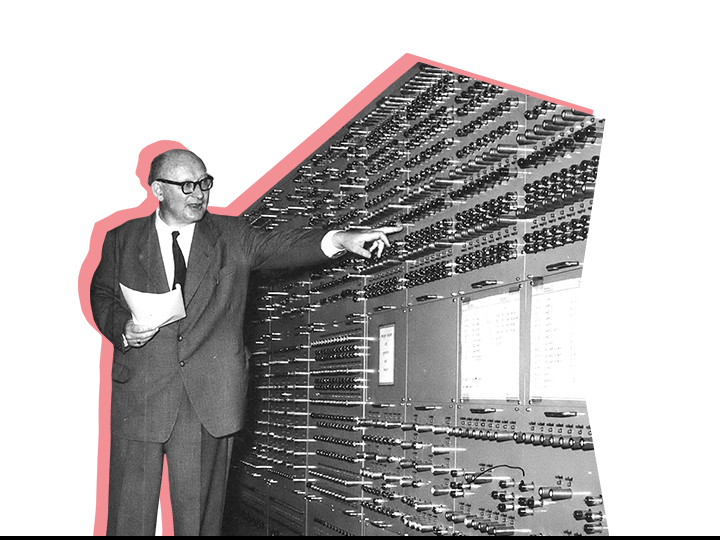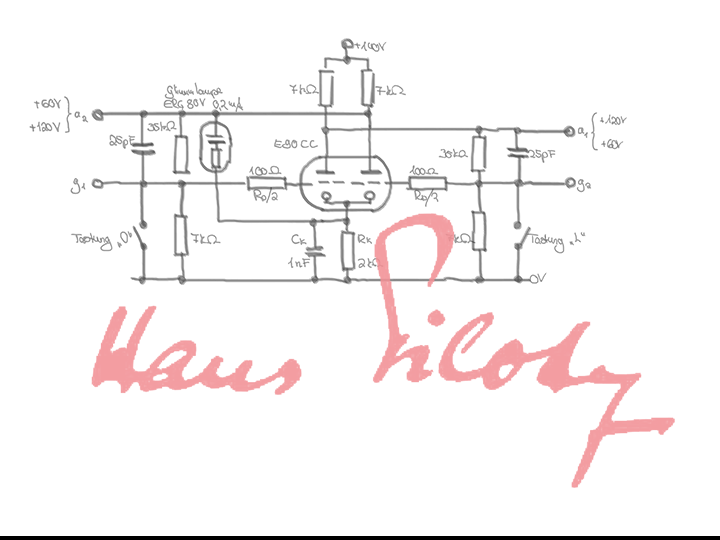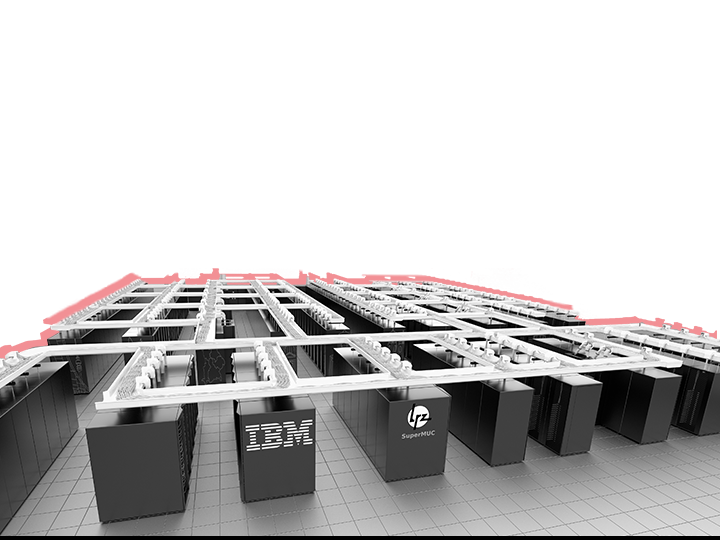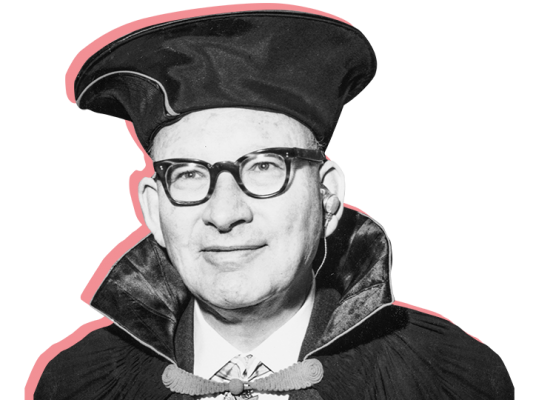Congratulations to
The computing giant

Picture: iStock.com / sihuo0860371

Picture: iStock.com / sihuo0860371
Can you imagine a university with no computers? Seems impossible nowadays but that was the norm in the 1950s. But even back then, the predecessor to the Technical University of Munich (TUM) was already home to one of Germany’s first mainframe computers. Communications engineer Hans Piloty thus laid the foundation for today’s information technology landscape at Munich’s universities – although he had to overcome quite a few challenges in the process.
In a pioneering achievement in computer engineering, Hans Piloty finished building the first mainframe computer at TUM in 1956, just a few years after the invention of the electronic calculator. The professor had spent five years assembling the machine with a team of mathematicians and communications engineers. Their achievement is all the more impressive considering that Germany was still rebuilding after the war and parts like tubes and diodes were hard to come by.
“PERM” (which stands in German for Munich’s program-controlled electronic computer system) was actually the fastest computer in the world for a few weeks. It was used to compute supersonic flows over aeronautical systems and for a range of other scientific challenges. At the same time, it gave many students and research teams the opportunity to gain experience in the emerging field of computer science.
Because so many IT specialists were drawn to Munich to complete their studies, the city evolved into an important IT hub over the years. Ultimately, the mainframe turned into the Leibniz Supercomputing Center (LRZ), which – to this day – continues to operates one of the world’s fastest supercomputers.

Munich students affectionately referred to PERM as Piloty’s first “computing giant” due to the size and complexity of the machine. PERM was high-maintenance, too, at times requiring around-the-clock monitoring. Operating errors took weeks to fix – sometimes for something as simple as forgetting to turn on the ventilation.

PERM was in use at TUM for 18 years, up until 1974. It weighed several tons and contained thousands of electronic components – all of them state-of-the-art at the time. It was used as a scientific calculator and a training computer for generations of students, as well as to develop the new computer language ALGOL. This relic from the early days of computing has been on display at the Deutsches Museum in Munich since 1988.

Today, scientists at TUM continue to work with state-of-the-art supercomputers. They used the facilities at the LRZ, for instance, to create the first detailed simulation of the Sumatra earthquake which caused the 2004 tsunami. The LRZ is acquiring a new supercomputer in 2018. The “SuperMUC-NG” will have a peak computing power of just under 27 petaflops – which is around four times faster than its predecessor. Today, this would rank it as the third fastest supercomputer in the world.
“We should let our imaginations run free and ask ourselves what an electronic machine might be capable of if we make optimum use of the technology that is already available without being bound by a particular goal or purpose. Such a machine would be capable of acquiring additional skills such as ‘perceiving’ … ‘acting’ … ‘learning’.”
Hans Piloty, Professor für elektrische Messtechnik, 1955

Picture: © Repro Uli Benz / TUM